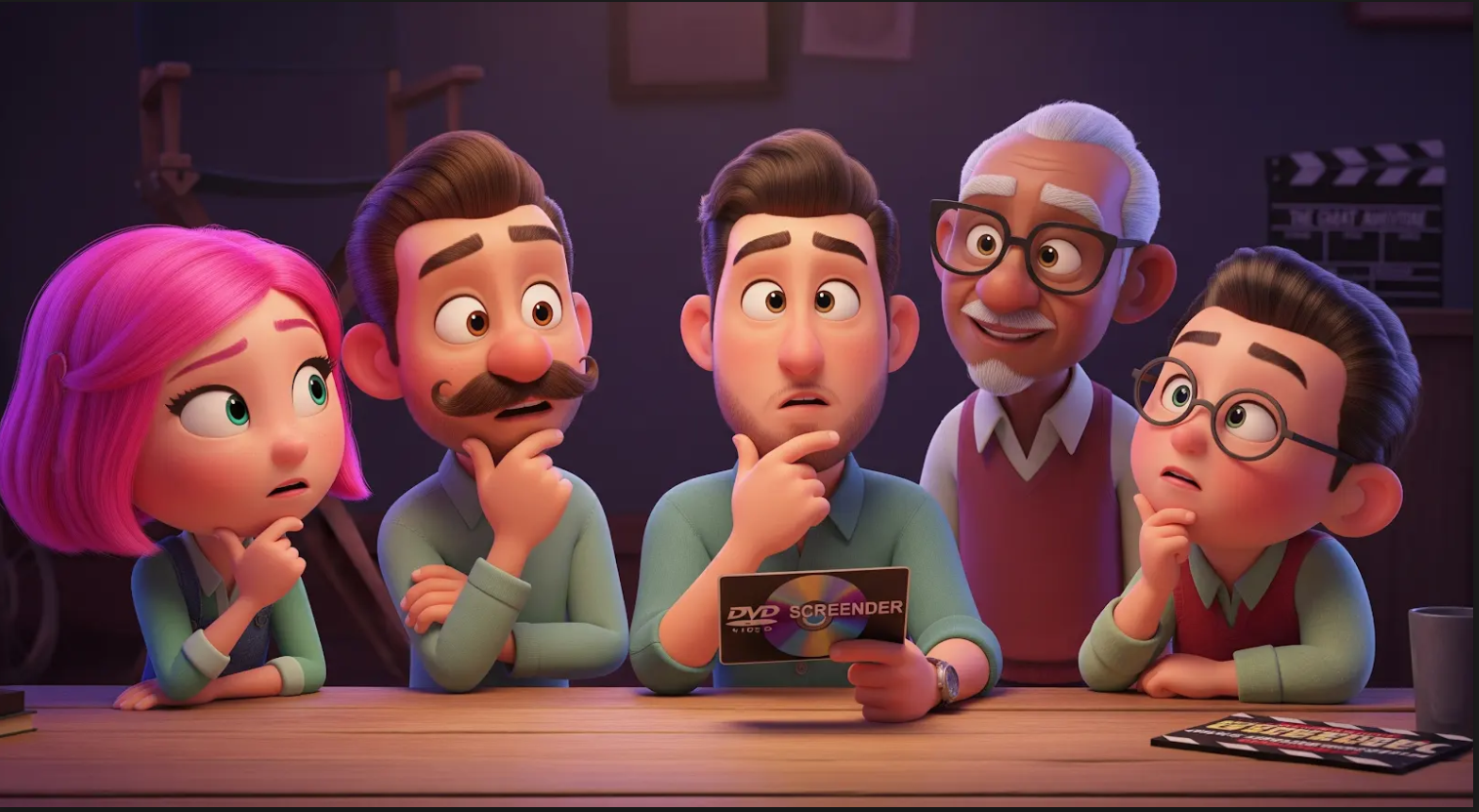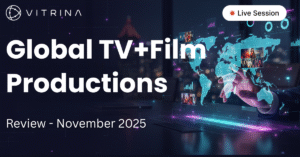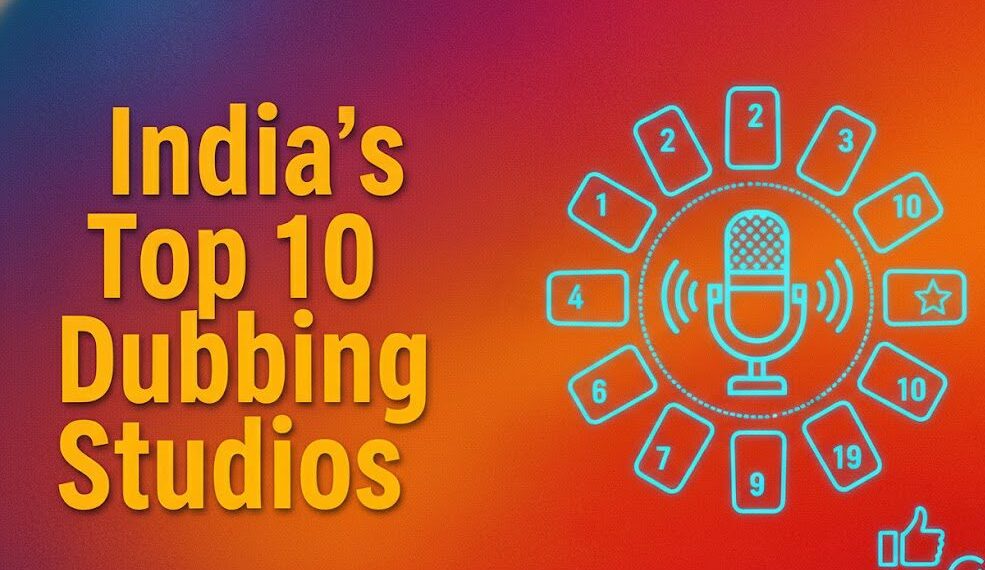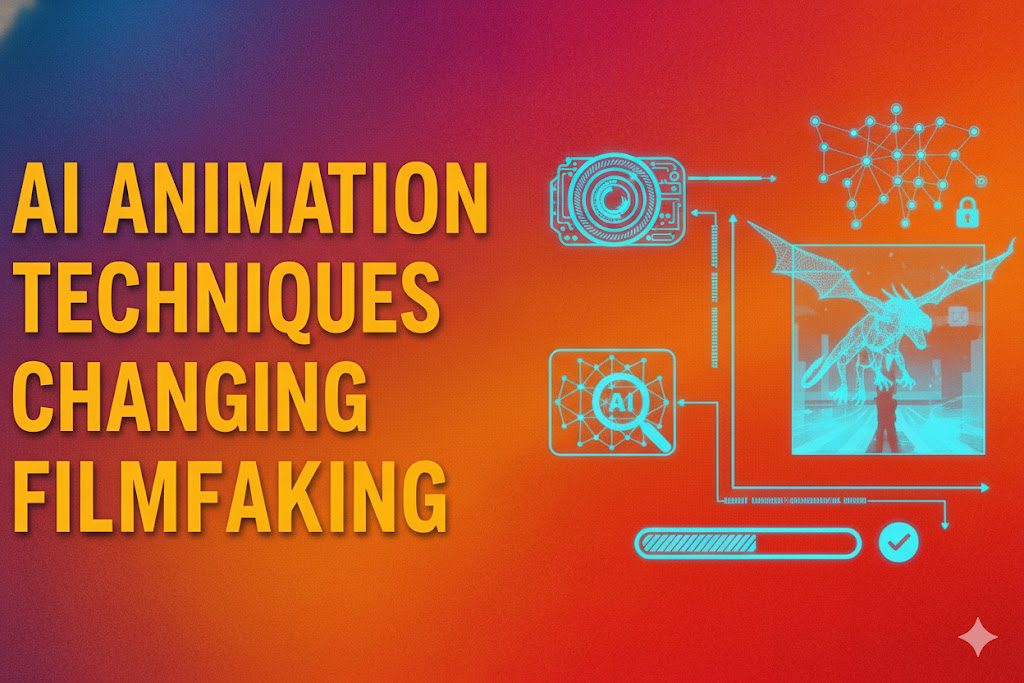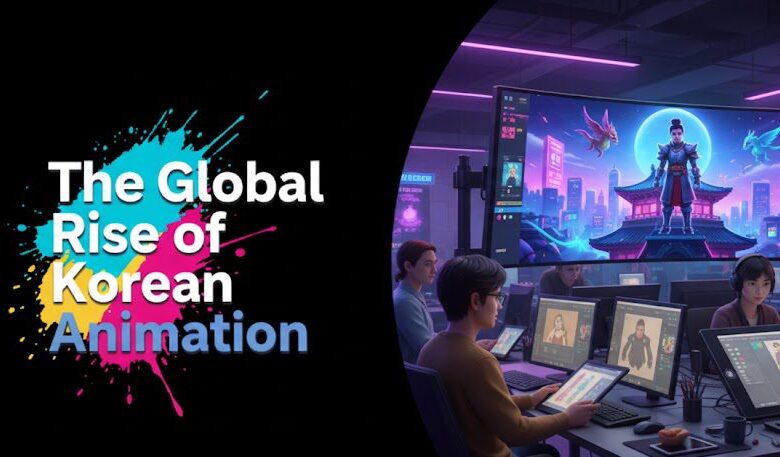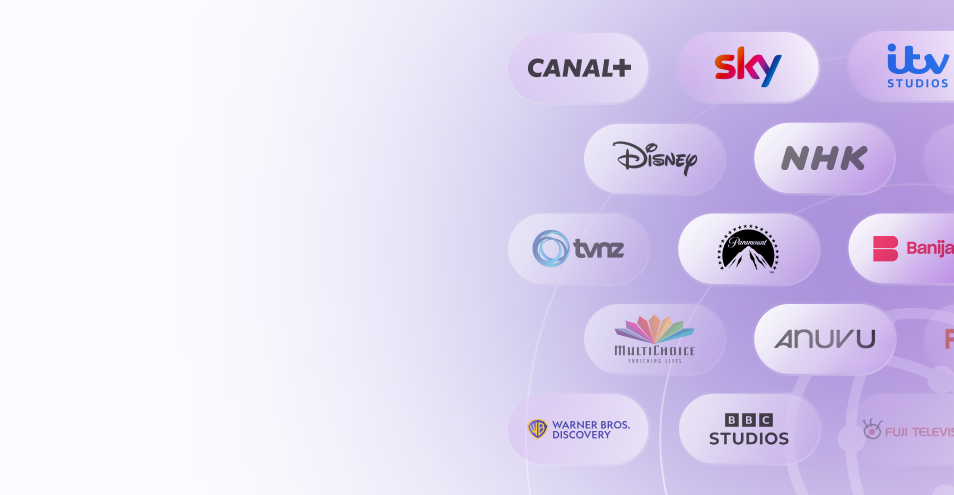Introduction
In 2025, sending a screener isn’t just about sharing your film; it’s about delivering a professional, seamless, and strategically-minded experience.
With the volume of content out there, you only get one chance to make a first impression. Before you hit that “send” button, ask yourself these seven crucial questions:
1. Is the Screener Technically Flawless? 🛠️
This is non-negotiable. A screener with technical glitches is an immediate red flag and shows a lack of professionalism.
- Resolution and Aspect Ratio: Is it in the correct resolution (e.g., 1080p, 4K if applicable and requested) and the proper aspect ratio without letterboxing or pillarboxing unless intended?
- Audio Quality: Is the sound clean, balanced, and mixed correctly? Muffled dialogue, sudden volume changes, or distracting background noise will pull a viewer out of the story faster than anything.
- Picture Quality: Is the image sharp, properly exposed, and color-corrected? Are there any visible compression artifacts, pixelation, or dropped frames?
- Encoding & Compatibility: Is it encoded in a widely compatible format (e.g., H.264, ProRes for higher quality) that will play smoothly on most devices without requiring special codecs or software?
- Subtitles: If not in English, are high-quality, perfectly timed English subtitles embedded? Even for English-language films, consider optional English subtitles for accessibility (SDH) if the platform encourages it.
2. Is the Link Secure and Accessible? 🔒
You want your film to be seen, but also protected.
- Password Protection: Is your screener link password-protected? This is standard practice for confidentiality. Make sure the password is easy to copy/paste and is provided clearly in the email.
- Expiration Date: Does the link have an appropriate expiration date? Too short, and they might miss it; too long, and you lose control. A good rule of thumb for initial outreach might be 2-4 weeks, but be prepared to extend if requested.
- View Limits: If your platform allows, ensure there are enough views permitted (e.g., minimum 20 views for festival screeners, as seen in 2025 regulations). You don’t want the link to stop working unexpectedly.
- Platform Choice: Are you using a reliable, industry-standard platform like Vimeo Pro? Avoid YouTube or unsecure cloud storage links, as they can appear unprofessional or even suspicious.
3. Is This the Right Cut for This Stage? ✂️
Sending the right version is key.
- Picture Lock (or Close): Unless explicitly requested, your screener should be at least picture-locked, if not a nearly finished cut. Don’t send a rough cut with placeholders or “temp score” unless you’ve had a prior discussion and agreement.
- Runtime: Is the runtime optimized? For initial festival screeners, remember that screeners often make a decision within the first 10-15 minutes for features, and even less for shorts. Don’t include extraneous scenes that slow down the pace, especially early on.
- Festival vs. Distributor Cut: A festival cut might prioritize artistic vision, while a distributor might prefer a slightly tighter, more commercially viable edit. Understand who you’re sending it to and tailor if necessary.
4. Does the Accompanying Email Provide All Necessary Context? 📧
The email is your digital handshake.
- Concise & Professional: Is your email brief, polite, and to the point? Avoid overly long intros or rambling explanations.
- Clear Call to Action: What do you want them to do after watching? Are you inviting them to consider it for a festival, a distribution deal, or a general meeting?
- Key Information at a Glance: Include the film’s title, genre(s), runtime, your name and role, and the screener link with its password (and expiration, if applicable) clearly stated.
- Brief Synopsis/Logline: A very short, punchy logline or synopsis within the email re-caps the project’s essence immediately.
- Attachments (Only if Necessary): Resist attaching large files unless specifically requested. Instead, link to your EPK or press kit if they need more info.
5. Is Your Metadata Complete and Accurate? 🏷️
This aids discoverability and professional assessment.
- On the Screener Platform: Have you filled out all details on the hosting platform (e.g., Vimeo title, description, cast/crew, keywords, genres)? Screeners often reference this information.
- Relevant Keywords & Genres: Use keywords that help categorize your film accurately. Don’t try to fit too many genres; stick to the most dominant ones (e.g., “Horror / Thriller” rather than “Horror / Thriller / Comedy / Drama / Romance”).
- Credits: Ensure all key cast and crew are listed accurately.
6. Have You Tailored This Submission? 🎯
Generic approaches rarely work in 2025.
- Personalization: Is the email addressed to the specific person (or team) you’re targeting? A generic “Dear Programmer” or “To Whom It May Concern” is far less impactful.
- Research: Have you referenced something specific about their festival, company, or recent acquisitions that makes your film a good fit? This shows you’ve done your homework. “We believe [Film Title] aligns perfectly with [Platform/Festival’s] commitment to [specific type of content, e.g., ‘character-driven independent dramas’].”
- Premiere Status: If submitting to festivals, clearly state your premiere status (e.g., “World Premiere Eligible,” “North American Premiere”). This is critical information for many festivals.
7. What’s Your Follow-Up Plan? 📅
The screener is just one step.
- Realistic Expectations: Understand that commissioning teams and festival screeners are inundated with submissions. Don’t expect an immediate response.
- Defined Follow-Up: Have a polite, professional follow-up strategy in mind. When will you send a gentle reminder if you don’t hear back? (Typically 1-2 weeks for initial outreach, unless submission guidelines state otherwise).
- Patience: The industry moves at its own pace. Be prepared for a long game and don’t take silence personally. Focus on refining your next steps and continuing to pursue other opportunities.


